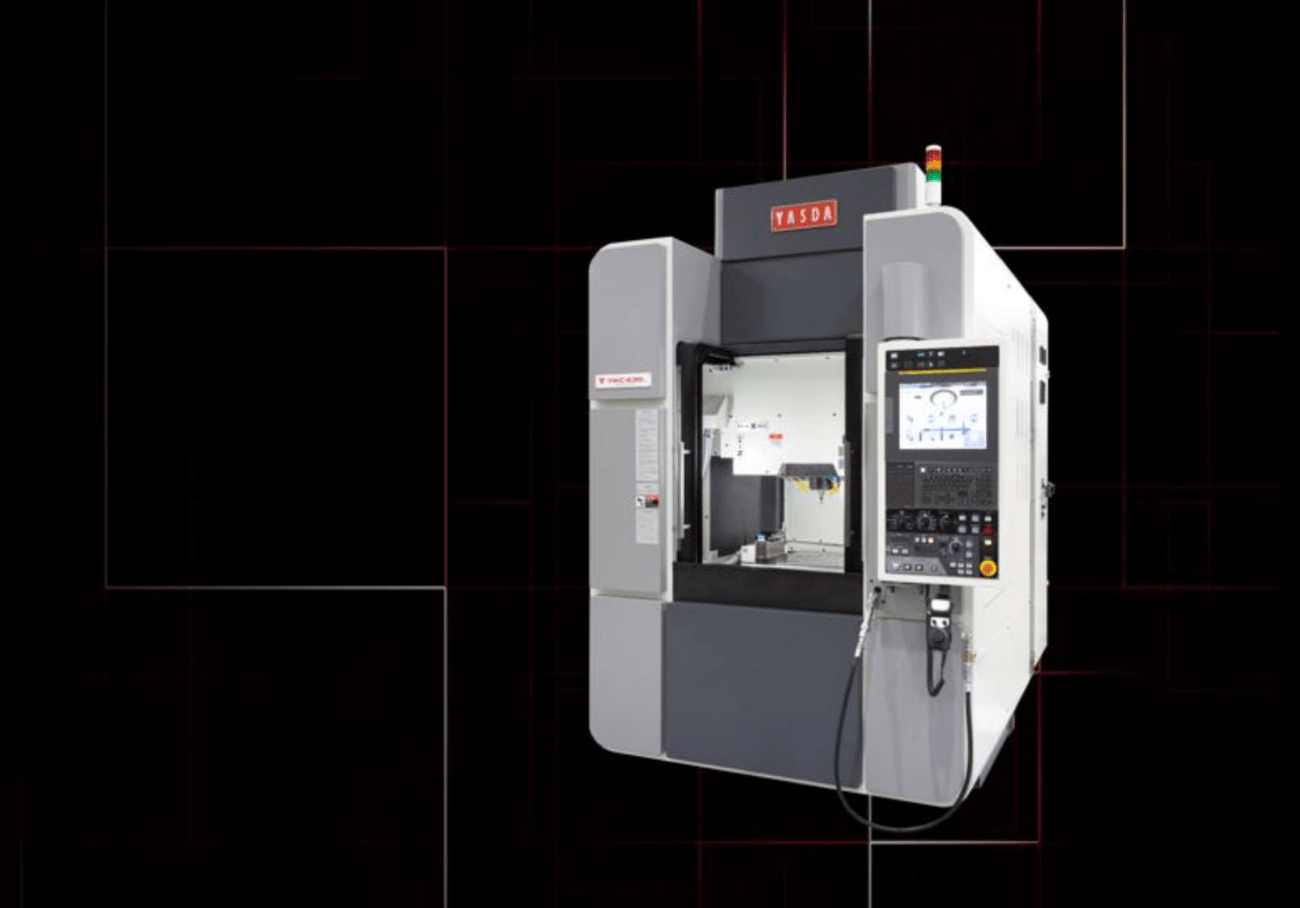Every student that has snapped the tip of his or her pencil can quickly understand why working with graphite can be difficult. It is one of the softest materials on the Mohs Hardness Scale—a 1.5 out of 10 (somewhere between talc and gypsum).
Due to its softness, it is easy to understand why it’s challenge to cut and machine graphite. It is strong, but brittle, and very likely to chip if not handled with precision. This requires shops to cut at a slower feed rate than metal cutting.
What is Graphite Machining?
CNC graphite machining looks no different than cutting any other material. However, the nature of graphite—high conductivity, softness, and dust emission—makes it unlike cutting traditional metals and alloys.
Luckily, our aforementioned students do not incur perhaps the most significant problem of traditional graphite machining practices: toxicity.
Machining graphite creates a very abrasive dust that can be harmful to shop workers, and while dust collection systems on machine tools machining graphite are helpful, they do not mitigate the risk on their own.
The alternative is to cut graphite in a machine purpose-built for the material—like a Yasda micro-center equipped with our wet graphite machining system.
A flood coolant system delivers dielectric fluid around the tool and flushes graphite into the coolant tank. Furthermore, cartridge filtration and tank sweeper systems clean cutting fluid and keep graphiite dust from contaminating machine components and/or your shop environment.
How is Graphite Machining Applied?
Graphite’s physical and chemical characteristics are why manufacturers from many industries use the material both in their products and production. Graphite has strong conductivity and is highly refractory. This makes graphite ideal for the creation of electrodes often used in the production of dies and molds for aerospace, medical, power generation, consumer packaging, and automotive components.
What are the Benefits of Wet Graphite CNC Machining versus Dry Machining?
Machining graphite via traditional practices presents unique challenges due to graphite’s abrasive nature and propensity to produce fine dust particles. These particulars can be, as noted, not only harmful to the operator, they can wreak havoc on machinery and impact product reliability and machine tool component life. Last, but not least, machining graphite dry is a more time-consuming process.
Conversely, CNC machining wet graphite benefits include:
- Reduced machine component contamination from dry graphite dust.
- Improved external shop environment cleanliness and safety.
- Elimination of dust maintenance and collection systems.
- Improved endmill life during machining.
- Higher accuracy electrodes due to thermal control, cutter life, and machining platform.
- Ability to do precision hard milling on the same machine without changeover time, and already on a machine designed for hard milling.
- Retrofittable to any Yasda micro-center machine.
Productivity Benefits
Yasda is synonymous with precision and quality, due to its long history of developing high-precision machining centers that push the boundaries of what’s achievable. Known for their exceptional accuracy, thermal stability, and rigidity, YASDA micro centers excel when working with materials like graphite, where the precision of Yasda can pay dividends not only with hard milling but also with electrodes manufactured to superior tolerances.
To increase your productivity including lights-out manufacturing capability, Methods builds, deploys, and services solutions that combine:
- YASDA YMC micro centers standard with automatic side doors
- Fully-integrated chucks and 5-axis Yasda-built tables
- Ability to interface with off the shelf robots incorporating pallet-shuttling for unattended operation and creating a complete production cell.
To manage the graphite byproduct, YASDA YMC micro centers equipped with the wet graphite package come standard with flood coolant, work zone flushing, minimum quality lubrication, a graphite filtration system, and a coolant tank sweeper system.
Graphite Machining – Frequently Asked Questions
- What types of fluid are shops using for wet graphite?
Operators can use the same dielectric fluid used in EDMs - Does dielectric fluid cause any issues with the machine components or hoses and piping?
No. The piping and hose material for wire and sinker EDMs and for metal cutting machine tools are similar and designed for a wide range of cutting fluids and oils. - Does Methods offer options for fire protection?
Yes. We offer fire protection solutions that are easily retrofitted to any of our machine tools. - How long has the wet graphite process been used?
Methods’ has more than a decade of deploying wet graphite machining solutions, and has successfully built and installed dozens of solutions for customers across the U.S. - Are there any issues cutting with dielectric fluid for small diameter tools or intricate part detail like thin ribs?
No. The fluid provides a beneficial lubricant to the cutting edge. This reduces tangential force during the cutting process. The volume of flood coolant can also be reduced if deflection is a concern with micro-tooling.

